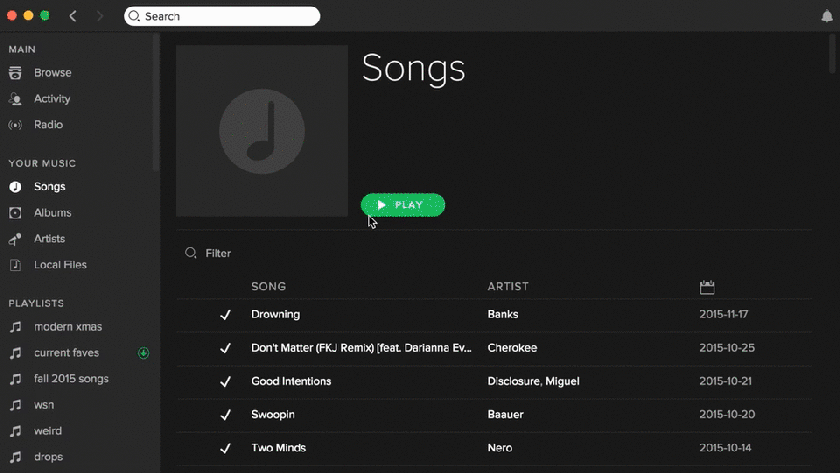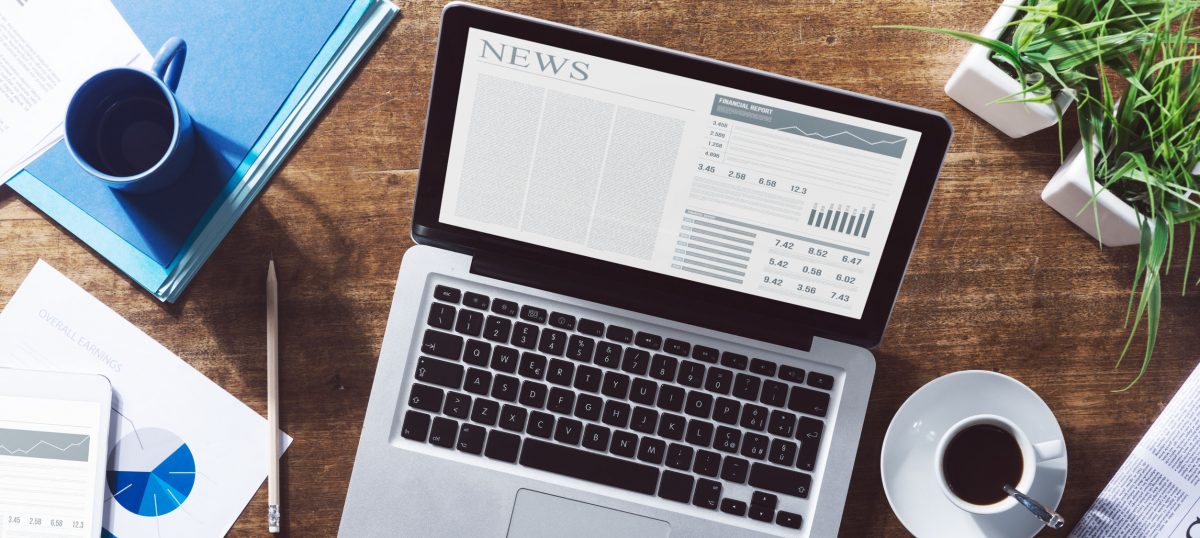Welcome back to my blog!
This is an interesting topic for me to write about and I’m sure it’ll interest you too! 13 years ago, the term big data wasn’t even born yet until it was launched by O’Reilly Media and the concept is still evolving continually. But what is big data, first of all?

— Big Data is a phrase used to mean a massive volume of both structured and unstructured data that is so large it is difficult to process using traditional database and software techniques.
These Big Data are collected and gathered by people all the world, and that includes me and you! Basically, every click, like, comment, share and follow that you make on the internet are valuable information to businesses everywhere. To give you a better idea, I’d like to use Spotify to illustrate what big data is.
But some stats first! Spotify currently has a whopping 83 million number of active subscribers and 35+ million songs, as of June 2018. That is pretty amazing to me. I mean, they charge $4.99 ~ $9.99 a month and they got over 80 million people subscribed. I’m not good at math but I know that that is A LOT of money.

When millions of people are streaming and listening to music every minute of the day, you have access to an astonishing amount of intel. These intel include what songs get played the most, to where listeners are streaming from and even what kind of device they are using to access the app. Spotify is a data-driven company and it uses the data in every part of the organization to drive decisions.

One example is the Discover Weekly feature on the app that reached to 40 million people in its very first year. How this works is that every user gets a personalized playlist of music that they have not heard before—a modern-day version of a best friend creating a personalized mix tape!
Spotify also created the Spotify for Artists app that provides mobile access to analytics—everything from which playlists are generating new fans to how many streams they are getting overall. The geographic streaming data can be useful to musicians and their teams to plan tours more effectively. They can see which country to include in the tour list by looking at how many fans stream the artist’s music. For example, Halsey! I got to go to her concert in Singapore on October 8th. It was spectacular, by the way.
But sometimes, having and using people’s personal information can be a scary thought for consumers and companies must know where to draw the line and never cross. The community will respond if it feels like it’s taking too many liberties with data. I for one, do not mind my personalized playlists and yes, I do prefer Spotify over Apple Music so fight me! hahaha I’m kidding of course, I’d lose.
Leave a comment down below if you found my article enjoyable to read! Can’t wait to write more x

this really helped me alot! changed the way i think completely. always looking forward to ur interesting contents.
LikeLiked by 1 person
thank you so much for taking the time to let me know your thoughts! 🙏🏼 please stay tuned for more x
LikeLike
I love this! 😍
LikeLiked by 1 person
so glad you did!! 🙌🏼
LikeLiked by 1 person
interestin!!
LikeLiked by 1 person
Glad you think so! Thank you for taking your time to read and comment x
LikeLike
this is fun to read!
LikeLiked by 1 person
thank you so much!! Glad you enjoyed it x
LikeLike
interesting 🙂
LikeLiked by 1 person
Thank you! Please stay tuned for more x
LikeLike
Learnt something new today. Thank to you. 🙂 Psst I also prefer spotify over apple music haha.
LikeLiked by 1 person
yes! someone who thinks like me 🙌🏼 hahah, thank you so much for taking the time to read and comment!! x
LikeLike
What an insightful article!!! I never k ew how detailed Spotify actually operates on a daily basis. Love this n your last two posts. Subscribed so I’ll get ur blog updates directly to my email. ^_^ -Amanda
LikeLiked by 1 person
Thank you so much for subscribing! I’ll keep making interesting posts for you to read ❤️ x
LikeLike
hey great job on the article. i see that ur a new blogger but ur posts are fun to read and most of all, u made it incredibly easy for readers to digest all that info. keep up the good work dude.
LikeLiked by 1 person
That was my intention! Thank you so much for your kind comment 🙌🏼 Please read my future blog posts as well! x
LikeLike
Thank you for the informative and relevant article on big data. Before this blog post, I wouldn’t have thought of the work and technology behind a curated playlist.
I used to listen to Spotify before Apple Music, but what made me switch over was firstly, the student discount it offered. Secondly, it uses iCloud to sync music so it can be listened offline. Lastly, it has connect post to get updates on the aritist’s music (slightly like twitter).
Looking forward to more content on digital marketing! (:
Check out my blog at charmainechanny.wordpress.com
LikeLiked by 1 person
Thank you for your thought comment, Charmaine! ❤️ Thank you for taking the time! And I’m so glad you found my article informative.
I will check out your blog!
x
LikeLiked by 1 person
This article was so interesting to read and also very informative. Helped me a lot:)
LikeLiked by 1 person
Thank you!! Hope you like my next article too 🙌🏼
LikeLike